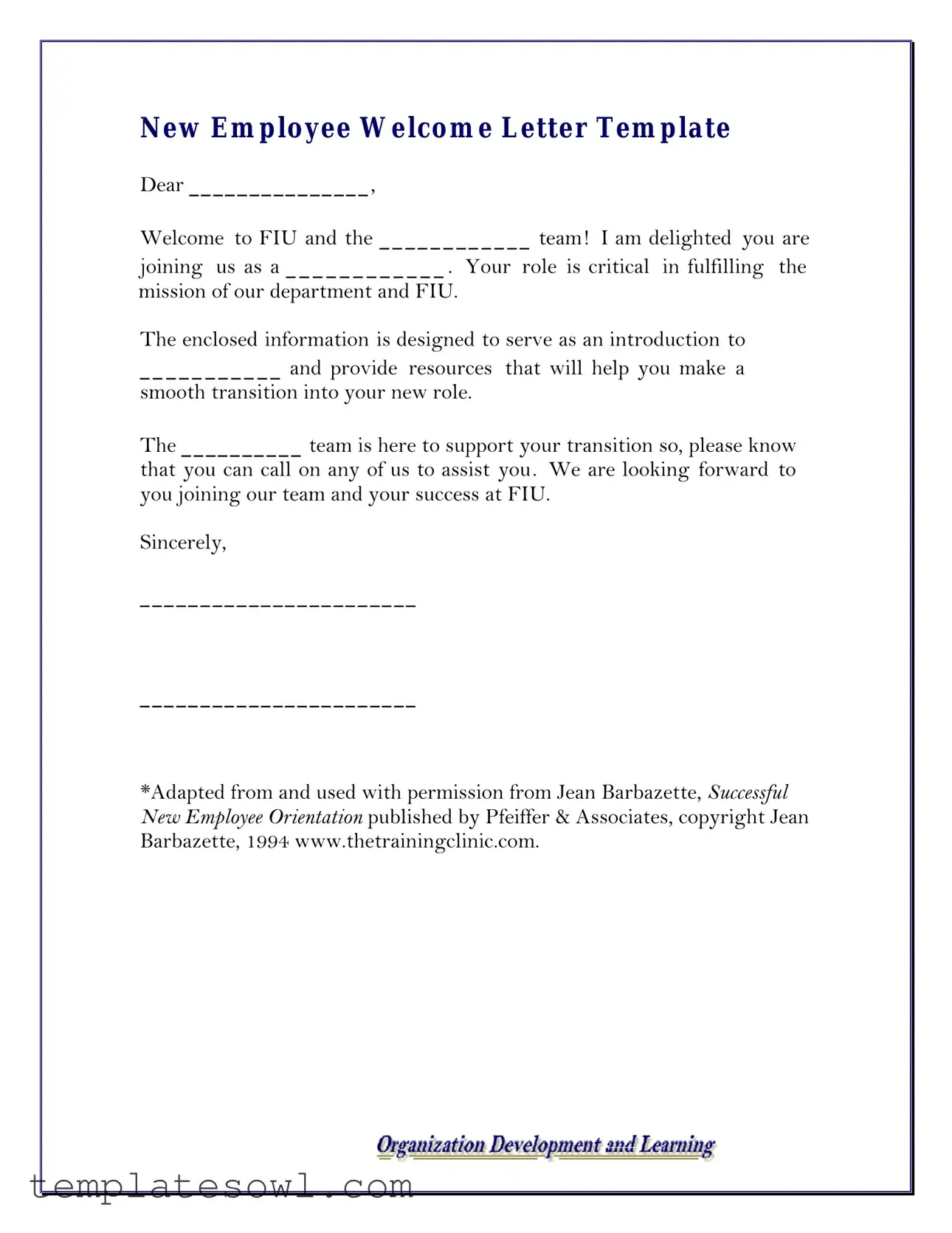Fill Out Your Email For New Team Member Form
The Email For New Team Member form is a helpful template designed to welcome new employees to an organization. This form ensures that each new hire feels valued and supported as they transition into their role, offering essential information about the team and resources for their success. To streamline the onboarding process, fill out the form by clicking the button below.
Launch Email For New Team Member Editor Now

